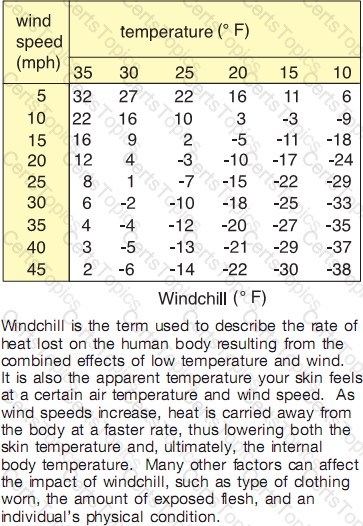-- Exhibit --
Since carbon dioxide dissolves in water to form an acid, an acid-base indicator such as bromthymol blue is used to track the acid concentration during plant photosynthesis and respiration. Bromthymol blue turns yellow in an acid solution and remains blue in a basic solution. The color change is reversible. A student used the following procedure to track carbon dioxide.
In an experiment, a student placed a solution of bromthymol blue into each of two flasks, inserted a drinking straw in each flask, and blew through the straw until the solution turned fromblue to yellow. Carbon dioxide, a waste product in the student’s breath, caused the color change. The student then placed a small Elodea water plant in each flask and closed the flasks with rubber stoppers. Flask A was placed in bright sunlight, while flask B was placed in the dark for 24 hours, as shown in the figure below.

After 24 hours, the bromthymol blue in flask A had turned back to blue, while in flask B it was still yellow.
-- Exhibit–
The experiment was designed to track what substance?
Catalysts are chemical substances that increase the rate of a chemical reaction but are not changed by the reaction. Enzymes are special catalysts produced in body cells and are composed of proteins.
Which statement is true?
Based on the information, where would one find wispy, feathery clouds?
Based on the information,

Which practice would best protect a human being from the damaging effects of windchill on a severe day?